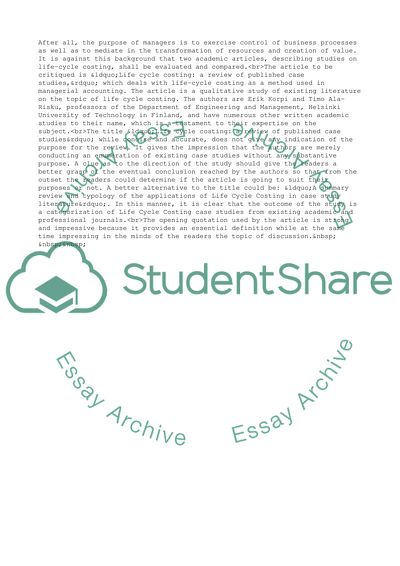Cite this document
(“Accounting for Strategy and Management Control - Korpi & Ala-Risku Research Paper”, n.d.)
Accounting for Strategy and Management Control - Korpi & Ala-Risku Research Paper. Retrieved from https://studentshare.org/management/1746689-accounting-for-strategy-and-management-control
Accounting for Strategy and Management Control - Korpi & Ala-Risku Research Paper. Retrieved from https://studentshare.org/management/1746689-accounting-for-strategy-and-management-control
(Accounting for Strategy and Management Control - Korpi & Ala-Risku Research Paper)
Accounting for Strategy and Management Control - Korpi & Ala-Risku Research Paper. https://studentshare.org/management/1746689-accounting-for-strategy-and-management-control.
Accounting for Strategy and Management Control - Korpi & Ala-Risku Research Paper. https://studentshare.org/management/1746689-accounting-for-strategy-and-management-control.
“Accounting for Strategy and Management Control - Korpi & Ala-Risku Research Paper”, n.d. https://studentshare.org/management/1746689-accounting-for-strategy-and-management-control.


